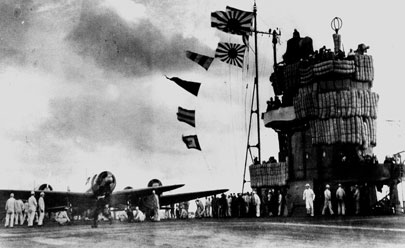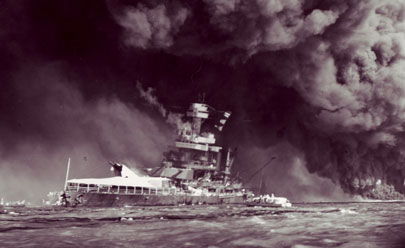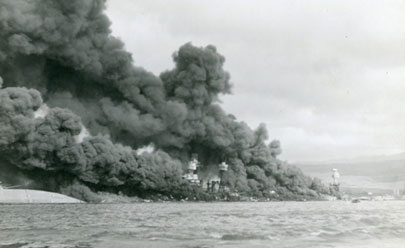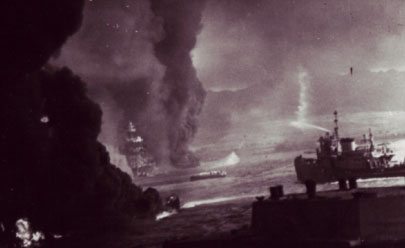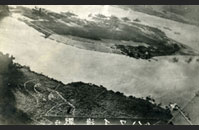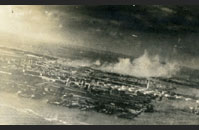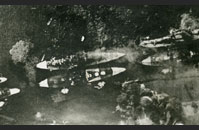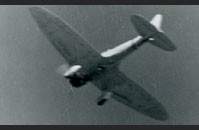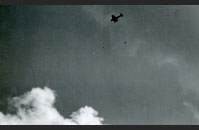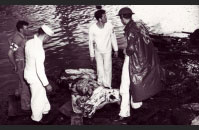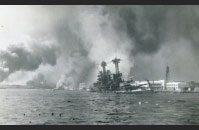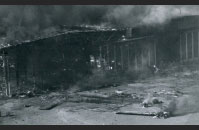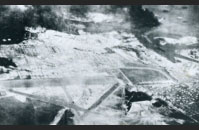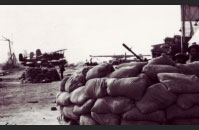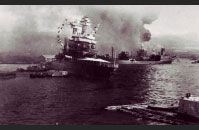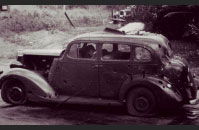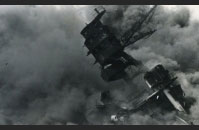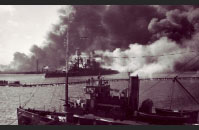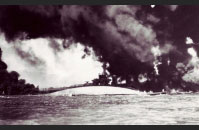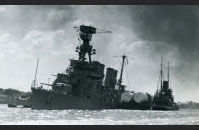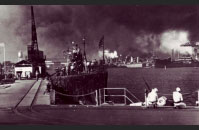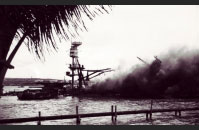FOCUS ON: PEARL HARBOR:
December 7, 1941, started as a typical Sunday morning at Pearl Harbor, the U.S. Navy’s Pacific Fleet Headquarters on the Hawaiian island of Oahu. That is, until shortly before 8 a.m., when Japan launched roughly 200 planes from six aircraft carriers in its first wave of Operation Hawaii—forever to be known by Americans as “the attack on Pearl Harbor” or just “Pearl Harbor.”
The attack absolutely shocked the American public, as most of their attention was focused on Europe and Hitler’s two-year, two-front war of conquest. The United States fleet at Pearl Harbor suffered severe damage or destruction of 18 ships, including the battleships Arizona, Oklahoma, California, Nevada and West Virginia—and more than 2,400 United States service personnel were killed.
Despite Japan’s initial success, it failed to deliver the knockout punch on the U.S. Pacific fleet that it had hoped for. What the attack did manage to do was rally Americans behind their government, which until that time was sharply divided between the pro-war “Hawks” and the anti-war “Isolationists.”
The day after Pearl Harbor, December 8, President Franklin Roosevelt asked Congress for a declaration of war, which was answered with resounding support by a vote of 82-0 in the Senate and 388-1 in the House.
Having been attacked at home, Americans wanted absolute victory—a common rallying cry throughout World War II being “We’re All in this Together."
Pearl Harbor footage:
Images from The National World War II Museum Collection:
Japanese “Souvenir” Photographs Taken from Japanese Planes During the Attack on Pearl Harbor
Images from the National Archives:

